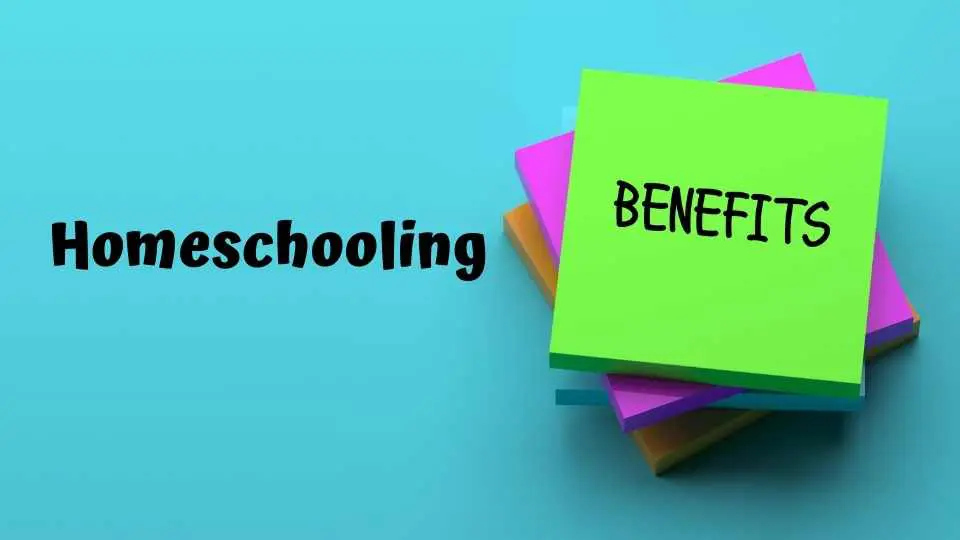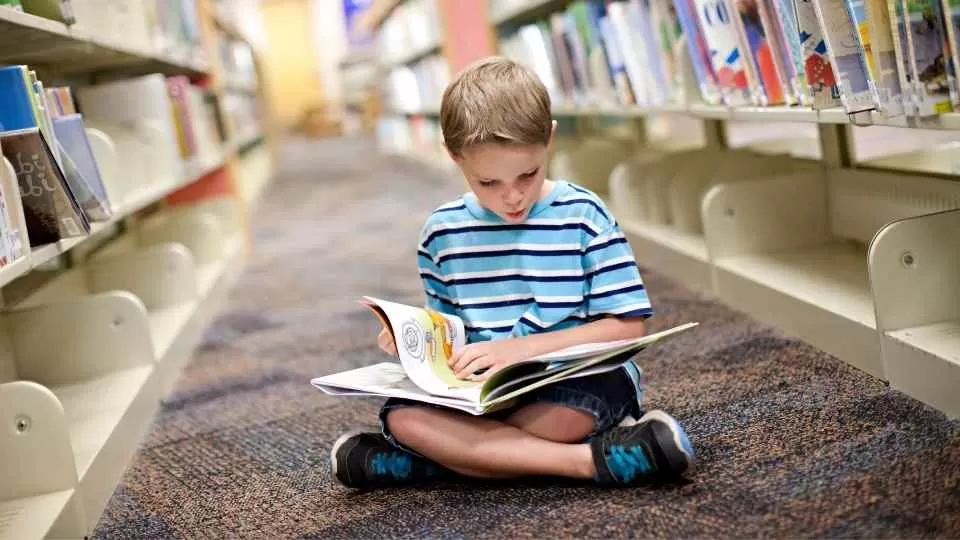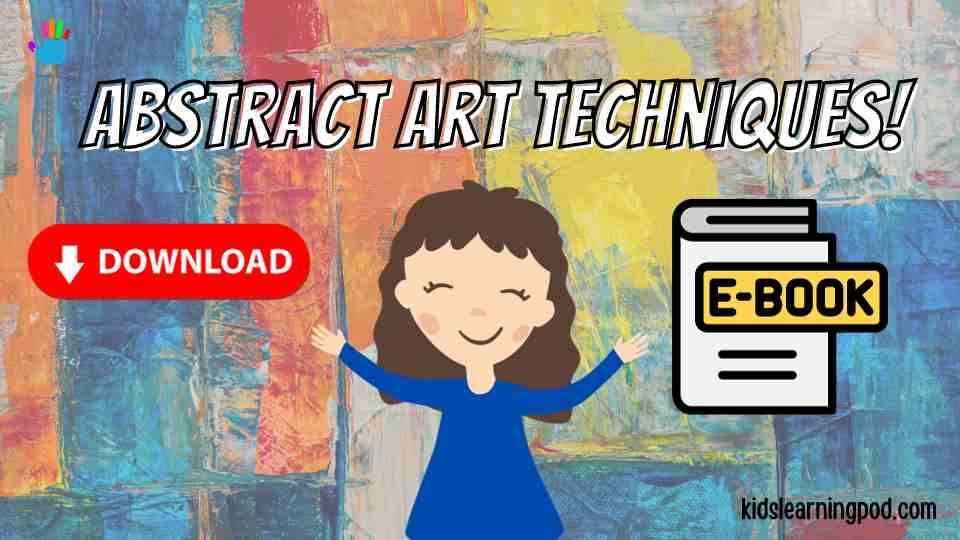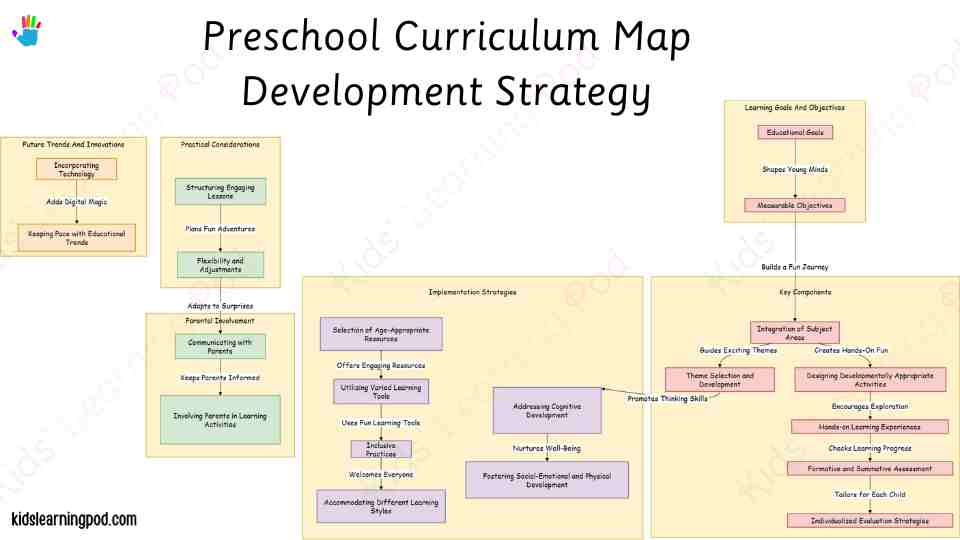
Introduction to Preschool Curriculum Map
A preschool curriculum map is a plan or guide that outlines the educational program and learning experiences for preschool-aged children over a specific period. It serves as a roadmap for teachers, outlining the topics, themes, and skills that will be covered during the school year or a particular timeframe. The purpose of a preschool curriculum map is to ensure a well-rounded and developmentally appropriate learning experience for young children.
Purpose of Preschool Curriculum Map
The purpose of a preschool curriculum map is straightforward – it’s all about creating a solid foundation for a child’s learning adventure. Think of it as a blueprint for building essential skills and knowledge in a way that suits the curious and imaginative nature of preschoolers. By providing a clear direction for teachers, the curriculum map ensures that each day in preschool contributes to the overall development of children, nurturing not only their academic abilities but also their social, emotional, and physical well-being.
Importance and Objectives of Preschool Curriculum Map
The importance of a preschool curriculum map lies in its ability to create a well-rounded and balanced learning experience. It goes beyond ABCs and 123s, aiming to foster a love for learning, curiosity, and the joy of discovery. The objectives are simple yet profound – to lay the groundwork for future academic success, instill a sense of curiosity and exploration, and nurture essential life skills. By focusing on holistic development, the preschool curriculum map sets the stage for a lifetime of learning.
Key Components of a Preschool Curriculum Map
The key components of a preschool curriculum map are the building blocks that make the learning journey both meaningful and enjoyable. It includes learning goals and objectives, themes that captivate young minds, hands-on activities that make concepts come alive, and assessments that ensure each child is progressing at their own pace. The map also emphasizes the integration of various skills, acknowledging the diverse ways children learn. In essence, it’s a recipe for a well-balanced, engaging, and developmentally appropriate early childhood education.
Learning Goals and Objectives
Learning goals and objectives are the compass that guides educational endeavors, providing direction and purpose to the teaching and learning process. Learning goals are broad statements that express the overall outcomes educators hope to achieve. They encapsulate the overarching themes and skills that form the foundation of a curriculum. Objectives, on the other hand, break down these goals into specific, measurable, and achievable steps. Together, they form a roadmap, ensuring that educators and learners are on the same page about what is to be achieved during the educational journey.
Establishing Clear Educational Goals
Clear educational goals are the starting point of any effective learning experience. These goals articulate what educators aim to accomplish, providing a framework for curriculum design and teaching strategies. By establishing clear educational goals, educators set the tone for a purposeful and organized learning environment. These goals go beyond specific subjects; they encompass the development of critical thinking, problem-solving skills, and a love for learning. Clear goals help educators stay focused on the bigger picture, fostering a comprehensive and well-rounded educational experience.
Setting Measurable Objectives
Measurable objectives are the tangible expressions of educational goals. They bring clarity and specificity to the learning process, making it easier to assess progress and success. Measurable objectives use quantifiable criteria to define the desired outcome, allowing educators to gauge whether students have achieved the intended learning. This aspect of goal-setting provides a practical way to track and evaluate the effectiveness of teaching methods and the grasp of concepts by students. Measurable objectives also empower students, giving them a clear understanding of what is expected and a sense of accomplishment when they meet or exceed those expectations.
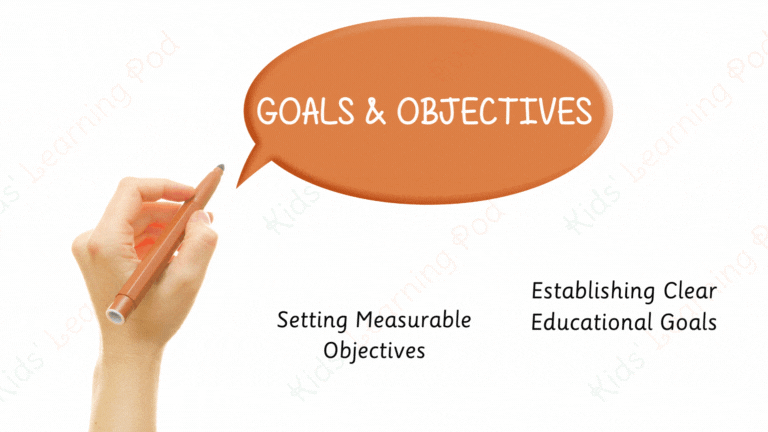
Themes and Topics
Themes and topics in a preschool curriculum are like the exciting chapters of a favorite storybook. Themes are the big ideas that connect different things children learn, making it interesting and easier to understand. Topics, within these themes, are the specific things kids get to explore and discover. Together, they make learning more fun and give children a chance to dive into different subjects in a way that makes sense and sticks with them.
Integration of Subject Areas
Integration of subject areas is like mixing different colors to create a beautiful painting. Instead of learning about subjects all by themselves, like math or reading, integration combines them. It’s like seeing how math, reading, science, and more are all connected, just like they are in the real world. This way, kids not only learn each subject but also see how they work together, making learning more interesting and helping them understand how things fit in the bigger picture.
Theme Selection and Development
Choosing and developing themes is a bit like picking exciting adventures for a journey. Themes are the cool ideas that get kids excited about learning. Picking the right themes means choosing things that kids are curious about and can relate to. Developing themes involves creating different activities and stories that explore those ideas in a fun way. Good themes make learning enjoyable, help kids explore new things, and connect what they learn into a complete and enjoyable learning experience.
Activities and Lesson Plans
Activities and lesson plans in preschool are like the roadmap for a fun and educational journey. Lesson plans are the guides that teachers use to help children learn new things. They lay out what will be taught and how, making sure it’s clear and engaging. Activities are the exciting stops along the way. They are the hands-on, interesting things kids get to do to understand and remember what they are learning. Together, activities and lesson plans create a learning adventure that keeps kids interested and makes sure they’re learning in a way that suits their age and stage.
Designing Developmentally Appropriate Activities
Designing developmentally appropriate activities is a bit like creating games that match the players’ skills. These activities are carefully crafted to suit where children are in their development – what they can do and what challenges them just enough to learn something new. It’s like finding the perfect puzzle pieces that fit just right. By tailoring activities to a child’s age and abilities, teachers ensure that learning is enjoyable and achievable, promoting a sense of accomplishment and curiosity.
Hands-on Learning Experiences
Hands-on learning experiences are the heart of preschool education, where kids get to touch, explore, and actively participate in their learning. Instead of just listening or watching, hands-on experiences let children dive in and discover for themselves. It’s like learning to bake by actually mixing the ingredients or understanding animals by touching feathers or fur. These experiences make learning more real and memorable, helping kids connect what they learn in the classroom to the world around them. Hands-on learning brings subjects to life, making education an exciting and tangible adventure for young learners.
Assessment and Evaluation
Assessment and evaluation in preschool are ways to understand how well kids are learning. Assessment is like checking what they know and can do, while evaluation looks at the bigger picture of their progress. Together, they help teachers figure out what’s working and where kids might need more help. It’s not about giving grades but about supporting each child’s growth and celebrating their achievements.
Formative and Summative Assessment
Formative and summative assessment are like regular check-ins and big-picture looks during the learning journey. Formative assessment happens as a quick check to see how things are going, helping teachers adjust their teaching. Summative assessment looks at the whole journey, celebrating what everyone has learned over a longer period. Both types work together to give a complete picture of a child’s learning.
Individualized Evaluation Strategies
Individualized evaluation strategies are like having a personalized plan for each child. Every child is unique, and these strategies recognize and celebrate that. Instead of using the same approach for everyone, teachers use different methods to understand how each child is doing. It’s like customizing the learning journey for each child, making sure they are learning in a way that suits them best. This way, every child gets the support they need, and their progress is celebrated in a way that fits them.

Implementation Strategies
Implementation strategies in preschool are like the game plan for making sure the learning journey is successful. These strategies are the practical steps teachers take to bring the curriculum to life. It’s about turning plans into action, making sure activities are engaging, and everyone is on the same exciting learning path. Effective implementation strategies ensure that the educational goals are met and that each child has a positive and enjoyable experience in the classroom.
Integration of Skills
Integration of skills is about blending different abilities together, like mixing colors to create a beautiful picture. In preschool, it means making sure that cognitive (thinking), social-emotional, and physical skills are all part of the learning experience. By integrating these skills, teachers help children develop a well-rounded set of abilities, preparing them for a successful journey through school and life.
Addressing Cognitive Development
Addressing cognitive development is like exercising the brain in a fun and engaging way. It involves activities and lessons that challenge children’s thinking, problem-solving, and decision-making skills. Preschool teachers create an environment that stimulates cognitive growth, helping children build a strong foundation for future learning.
Fostering Social-Emotional and Physical Development
Fostering social-emotional and physical development is like nurturing the heart and body. Social-emotional activities teach kids about feelings, relationships, and cooperation, while physical activities promote healthy bodies and coordination. Together, these elements create a balanced approach to learning, ensuring that children grow not only academically but also emotionally and physically.
Resources and Materials
Resources and materials are the tools that make the learning journey exciting and interactive. Teachers carefully choose materials that match the age and interests of the children. These resources include books, toys, and other items that bring lessons to life, making the educational experience more enjoyable and effective.
Selection of Age-Appropriate Resources
Selection of age-appropriate resources is like choosing toys that are just the right fit for a child’s age. In preschool, it means picking books, games, and activities that match the developmental stage of the children. These resources capture their interest, making learning enjoyable and ensuring that it aligns with their abilities.
Utilizing Varied Learning Tools
Utilizing varied learning tools is about having different ways to explore and understand new things. Teachers use a mix of tools, such as visual aids, interactive games, and hands-on activities. This variety caters to different learning styles, ensuring that each child can grasp and retain information in a way that suits them best.
Adaptations for Diversity
Adaptations for diversity involve making sure that every child, regardless of their background or abilities, can participate and learn. In preschool, it means creating an inclusive environment where differences are respected and celebrated. Teachers adapt activities and materials to accommodate the diverse needs of all children, fostering an atmosphere of acceptance and belonging.
Inclusive Practices
Inclusive practices in preschool are like opening the door wide so that every child feels welcome. It involves creating an environment where all children, regardless of their abilities, backgrounds, or identities, can fully participate in learning and social activities. Inclusive practices promote a sense of belonging and ensure that each child’s unique qualities are valued.
Accommodating Different Learning Styles
Accommodating different learning styles is about recognizing that each child learns in their own way. Teachers tailor their approaches to match the various ways children absorb information – whether through seeing, listening, or doing. By accommodating different learning styles, teachers make sure that every child has the opportunity to grasp and enjoy the learning journey.
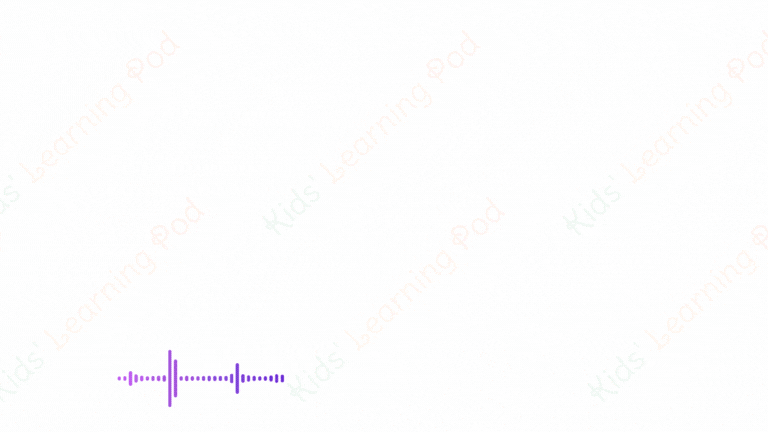
Practical Considerations
Practical considerations in preschool are like the common-sense guide to making the learning experience smooth and enjoyable. It involves thinking about the day-to-day aspects of teaching, such as the physical setup of the classroom, the availability of materials, and the overall organization. These considerations ensure that the learning environment is practical, efficient, and conducive to the best possible educational experience for young children.
Lesson Planning Tips
Lesson planning tips are the handy tools teachers use to create engaging and effective learning experiences. It involves breaking down the curriculum into manageable chunks, setting clear objectives, and selecting activities that captivate young minds. These tips help teachers organize their thoughts, ensuring that each lesson contributes meaningfully to the overall learning goals.
Structuring Engaging Lessons
Structuring engaging lessons is about keeping the attention and curiosity of preschoolers throughout the learning journey. It involves creating a flow that makes sense, introducing new concepts in an interesting way, and incorporating interactive elements. Engaging lessons capture children’s interest, making learning a delightful and memorable experience.
Flexibility and Adjustments
Flexibility and adjustments are the secret weapons in a preschool teacher’s toolkit. It’s about being open to changes and ready to adapt when needed. Flexibility allows teachers to respond to the dynamic nature of a preschool classroom, ensuring that lessons can be adjusted based on the needs and interests of the children. This adaptability fosters a positive and responsive learning environment.
Parental Involvement
Parental involvement is the bridge between the classroom and home, creating a collaborative partnership in a child’s education. It involves actively engaging parents in the learning process, keeping them informed about what happens in the classroom, and inviting them to be part of their child’s educational journey. Parental involvement strengthens the support system for children, connecting their learning experiences at school with the nurturing environment at home.
Communicating with Parents
Communicating with parents is like keeping an open dialogue that fosters understanding and trust. It involves sharing information about what children are learning, their progress, and any challenges they might be facing. Clear and regular communication builds a strong connection between teachers and parents, creating a supportive network that benefits the child’s overall development.
Involving Parents in Learning Activities
Involving parents in learning activities is an extension of the partnership between educators and families. It means creating opportunities for parents to actively participate in their child’s learning, whether through at-home activities, volunteering in the classroom, or attending special events. This active involvement not only enhances the educational experience for the child but also strengthens the sense of community between parents and teachers.
Future Trends and Innovations
Future trends and innovations in preschool education refer to the evolving approaches and ideas that will shape the way young children learn. It involves staying updated on new methods and technologies to ensure that teaching practices remain dynamic and effective, preparing preschoolers for the challenges and opportunities that lie ahead.
Incorporating Technology
Incorporating technology in preschool education means using digital tools and devices to enhance the learning experience for young children. This includes interactive games, educational apps, and multimedia resources designed to make learning engaging and accessible.
Digital Tools for Preschool Education
Digital tools for preschool education encompass a range of resources, such as educational apps and interactive e-books, tailored to the needs of young learners. These tools provide a hands-on and visually stimulating way for preschoolers to explore and understand various concepts.
Keeping Pace with Educational Trends
Keeping pace with educational trends involves staying informed about the latest methodologies and approaches in teaching. This ensures that preschool educators are equipped to provide relevant and effective learning experiences, staying attuned to the evolving needs of young learners in a dynamic educational landscape.
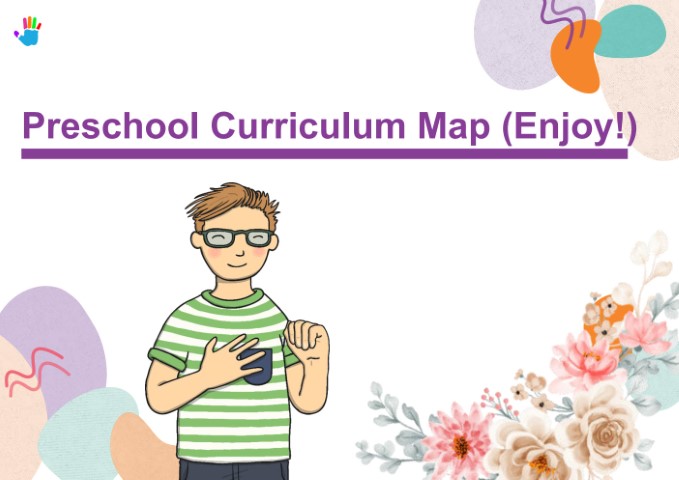
Kindly Allow Pop ups to let the Download Begin!


